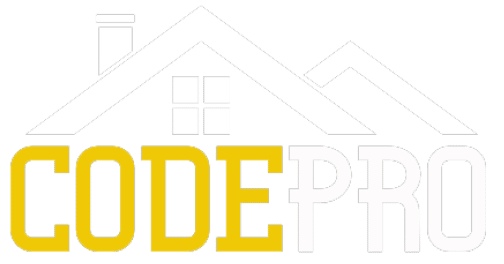Idaho
Updated 3/15/2025
Overview
Idaho enforces a statewide building code with state-specific amendments. The Idaho
Division of Occupational and Professional Licenses (DOPL) oversees code adoption and
updates. While the state establishes a minimum standard, local jurisdictions may
implement additional requirements or amendments to address local concerns, such as
climate conditions or structural safety.
It is recommended to check with local building authorities to confirm any jurisdiction-specific requirements beyond the state-adopted codes.
It is recommended to check with local building authorities to confirm any jurisdiction-specific requirements beyond the state-adopted codes.
CodePro Uses the Following Codes for Answers:
- 2020 Idaho Residential Code (Based on the 2018 IRC + Idaho Amendments)
- 2015 Uniform Plumbing Code (UPC) + Idaho Plumbing Amendments
- 2023 National Electrical Code (NEC) + Idaho Amendments
Additional Resources:
For more information, access the current Idaho Building Construction Codes andAmendments. The state document was not updated to reflect the recent adoption of the
2023 NEC. However, the state amendment to the 2023 NEC can be found here.
Additional Idaho building code information can be found here. Since local jurisdictions may impose additional codes or amendments, it is advisable to consult local building departments to ensure compliance with all applicable requirements.
Additional Idaho building code information can be found here. Since local jurisdictions may impose additional codes or amendments, it is advisable to consult local building departments to ensure compliance with all applicable requirements.
- Adoption Category
Hybrid
- Amendments
State & Local
Hybrid Adoption
A hybrid adoption system means codes can vary at state and local level. Many times the
state establishes a base code for building regulations and local jurisdictions then have the
authority to amend or adopt more stringent requirements. This allows flexibility for cities
and counties to tailor codes to their specific needs while maintaining a foundational
standard set at the state level.
